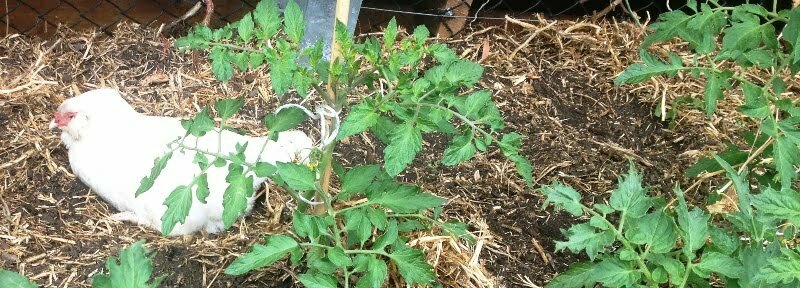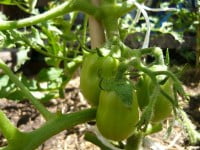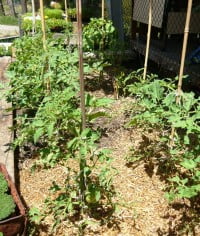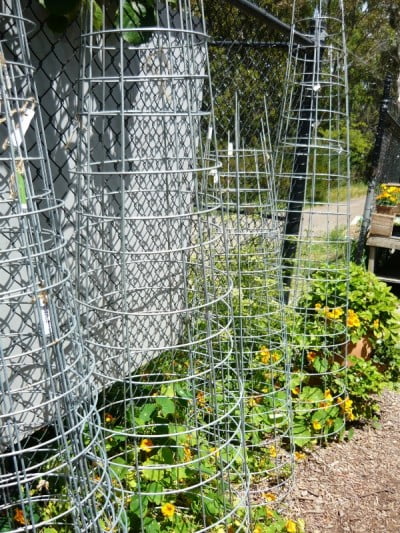VISIT
CERES is a public park that is free to visit. Enjoy the green spaces, the community, and our enterprises.
VISIT
CERES is a public park that is free to visit. Enjoy the green spaces, the community, and our enterprises.
CERES is a public park that is free to visit. Enjoy the green spaces, the community, and our enterprises.
CERES is a public park that is free to visit. Enjoy the green spaces, the community, and our enterprises.
We offer opportunities for discovery and learning for all ages and abilities. We’ve helped over 1 million students learn how to care for the Earth.
CERES is a public park that is free to visit. Enjoy the green spaces, the community, and our enterprises.
When you join CERES as a member, you’re joining a community of people that care about each other, and the Earth.
CERES is a public park that is free to visit. Enjoy the green spaces, the community, and our enterprises.
CERES is an environmental education centre, community garden, urban farm and social enterprise hub spread across four locations, linked by the Merri and Darebin Creeks on Wurundjeri Country, Melbourne.
CERES is a public park that is free to visit. Enjoy the green spaces, the community, and our enterprises.

By now you are probably thinking about how to support your rapidly growing tomato plants. The determinate or ‘bush’ types will stay a bit smaller but still might need a short stake to lean on.
If you have chosen indeterminate varieties these will keep growing and growing until you think they can grow no more (see our post on choosing tomatoes for estimated heights). Once the fruit gets heavy and winds knock them about they will definitely need support. This can be in the form of homemade stakes or tripods, ready-made bamboo garden stakes, tomato cages, strings or wires tied to an overhead structure or side posts, bamboo or steel trellises, lattice or reo mesh. Endless possibilities!
Be aware that some products marketed as tomato supports will be too short for the larger-growing varieties. Aim for something with a height of 1.8m. First have a look around in the garden and the shed for what you already have that can be used as a support. Got a pile of fruit tree prunings left over from winter? Choose the straightest ones and prune off any side branches and hey presto, you have a garden stake! That old ladder that no longer passes health and safety standards? It could be the perfect trellis for your Tommy Toe!
If you are stuck for ideas have a little internet search and see just how DIY you can get. If you are using stakes you will need to tie errant branches on to them as the plant grows. Use a soft material such as old t-shirt cloth or jute twine, this prevents the fragile stems and branches from damage that may introduce disease. The advantage of tomato cages or homemade cage-like structures is you just have to tuck in branches as they grow rather than do much tying on.
Supporting your tomato plant will prevent fruit from being in contact with the ground where it can rot. It will increase the circulation of air around your plants and reduce the risk of fungal problems, and also allows you to maximize the vertical space in your garden, by growing up rather than out.



If you are stuck for ideas have a little internet search and see just how DIY you can get. If you are using stakes you will need to tie errant branches on to them as the plant grows. Use a soft material such as old t-shirt cloth or jute twine, this prevents the fragile stems and branches from damage that may introduce disease. The advantage of tomato cages or homemade cage-like structures is you just have to tuck in branches as they grow rather than do much tying on.
Supporting your tomato plant will prevent fruit from being in contact with the ground where it can rot. It will increase the circulation of air around your plants and reduce the risk of fungal problems, and also allows you to maximize the vertical space in your garden, by growing up rather than out.
Now onto a much more controversial topic in the homegrown tomato world. The jury is out on this one. Diggers famously did a trial in the 1990s and found that excessive pruning can greatly reduce yield, because of the reduction in the amount of flowers the plant can produce. However, pruning does increase airflow around plants which reduces the risk of fungal disease.
Some gardeners swear that by thinning plants out the remaining flower clusters produce bigger, better tasting fruit. Peter Cundall recommends restricting tall-growing varieties to four main stems by pinching out lateral shoots (also referred to as ‘suckers’). These are the little shoots you can see growing out where the leaves meet the stem (leaf axils).
Many gardeners will prune away any leaves that are touching the ground and then train the plant to two or three main shoots. Pruning is somewhat of a tradition amongst old-school gardeners and it can be a good excuse to get out in the garden everyday and really observe your plants growing.


Bush/determinate varieties however should be left unpruned. Remember that leafy growth shades your fruit and so pruning heavily can increase the risk of fruit becoming scorched in the sun. Tomatoes ripen as temperatures increase rather than from receiving direct sunlight. If you haven’t pruned and decide to thin out your plants later with a pair of secateurs you do run the risk of leaving wounds where fungal or bacterial infections can enter. You can ‘top’ the plants later in the season if they have gotten too tall. This involves pruning out the tallest shoots to make the plant shorter and has the advantage of encouraging tomatoes to ripen earlier.
Whatever you decide keep a record so you know what worked and what didn’t for next year.
